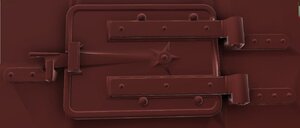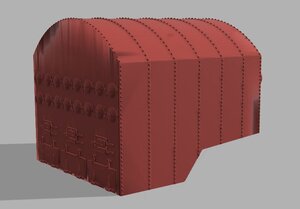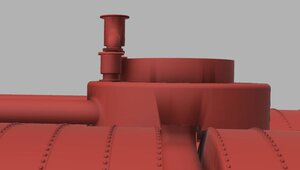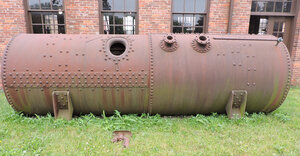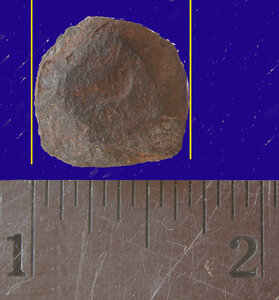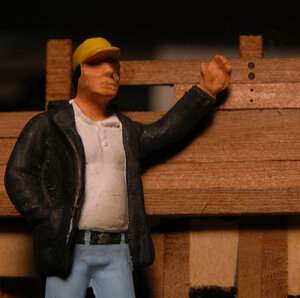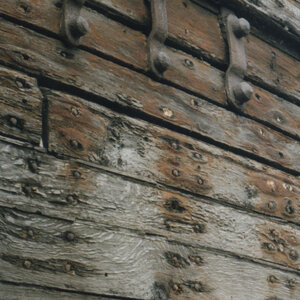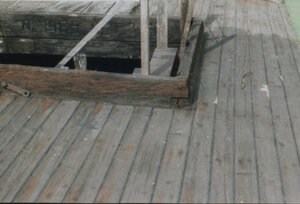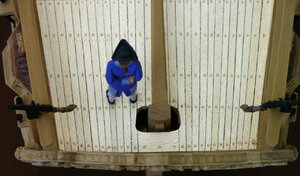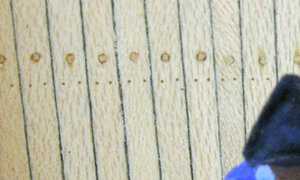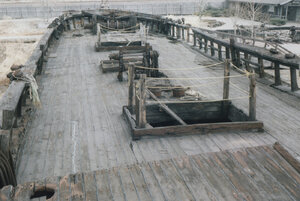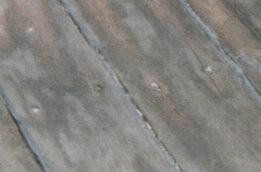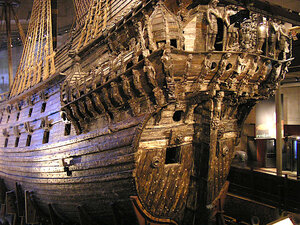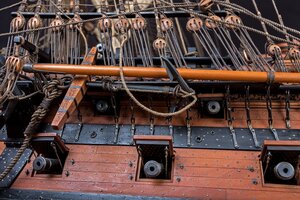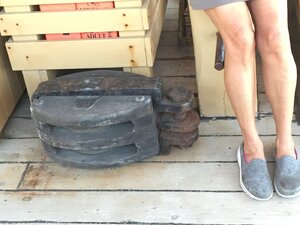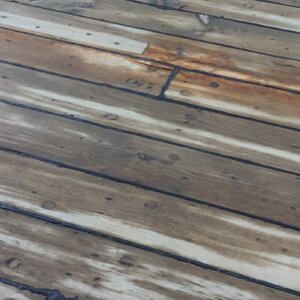Ok, so someone needs to come up with a list of when to use wooden treenails and when to use iron nails and where and when to use them. Not only that but what material to use - wood, brass, etc.
I see a broad range of uses here on the forum. If you really want to get into the details, brass is NOT going to be used on a ship anywhere. So, I do know (or think I know) that brass (if used) should be blackened to simulate nails, and also brass particles do not bleed into the wood. I made a bad mistake one time by using annealed steel nails and when I sanded the hull, steel powder got all into the wood grain - not happy about that at all. Never could get it out either.
Maybe an ongoing list. Like this:
Deck Planking - wooden trenails
Hull Planking - wooden trenails OR brass? (but the Wales needs to be taken into consideration too)
POF - All framing - ?
Hatchway frames ?
and the list can go on and on.
I have seen too many variations on all of these. Some new to scratch building want to take the artistic approach, and that can produce very wrong applications. Like the brass looks good, but the brass has to be blackened or whatever. Too much for interpretation I guess. If this thread does good, then maybe I can make a PDF or a chart somewhere on the forum for new folks at scratch building like me that are clueless.
I see a broad range of uses here on the forum. If you really want to get into the details, brass is NOT going to be used on a ship anywhere. So, I do know (or think I know) that brass (if used) should be blackened to simulate nails, and also brass particles do not bleed into the wood. I made a bad mistake one time by using annealed steel nails and when I sanded the hull, steel powder got all into the wood grain - not happy about that at all. Never could get it out either.
Maybe an ongoing list. Like this:
Deck Planking - wooden trenails
Hull Planking - wooden trenails OR brass? (but the Wales needs to be taken into consideration too)
POF - All framing - ?
Hatchway frames ?
and the list can go on and on.
I have seen too many variations on all of these. Some new to scratch building want to take the artistic approach, and that can produce very wrong applications. Like the brass looks good, but the brass has to be blackened or whatever. Too much for interpretation I guess. If this thread does good, then maybe I can make a PDF or a chart somewhere on the forum for new folks at scratch building like me that are clueless.






